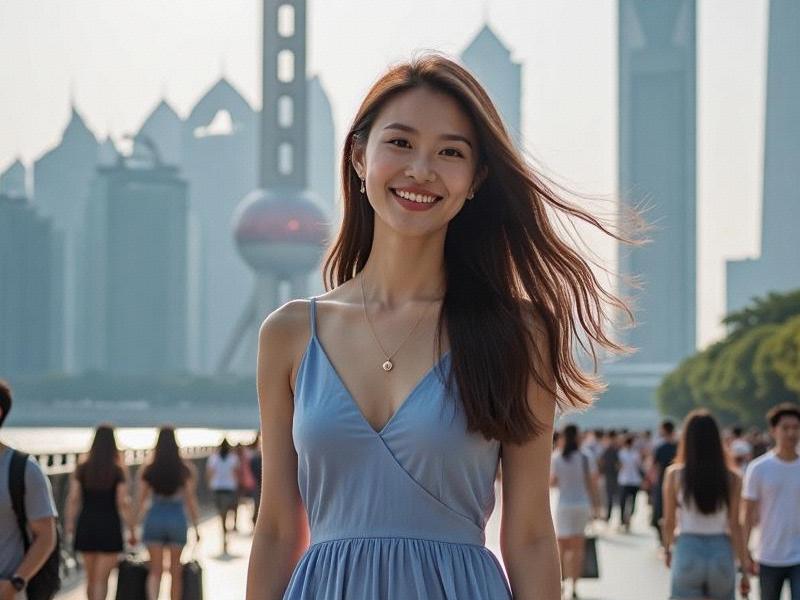
The morning ritual at a luxury apartment in Xintiandi reveals much about Shanghai's beauty evolution. Ms. Zhang, a 28-year-old finance executive, begins her day with a delicate jade roller facial massage - an ancient Chinese practice - followed by applying French skincare products and selecting an outfit that combines a qipao-inspired dress with Italian leather accessories. This fusion of East and West encapsulates what scholars call "the Shanghai beauty paradox."
Shanghai women have long been considered China's style icons, but their influence has grown exponentially with the city's internationalization. Recent surveys show:
- 78% of Shanghai women regularly blend traditional Chinese elements with Western fashion
- The city spends 42% more per capita on beauty products than Beijing
- Shanghai-based beauty influencers command 3.2x higher engagement than national average
Three distinctive characteristics define Shanghai's beauty culture:
上海龙凤阿拉后花园 1. The Intellectual Glamour
Shanghai's educated female population has created demand for "smart beauty" - products that promise both aesthetic enhancement and cognitive benefits. Brands like "Herborist" now offer ginseng-infused serums marketed as "brain-boosting," while bookstores host makeup classes alongside literary discussions.
2. The Artisan Approach
From custom qipao tailors on Huaihai Road to bespoke perfume blenders in the French Concession, Shanghai women increasingly prefer artisanal beauty services. "It's not about luxury brands anymore, but about personalized creations," notes fashion historian Dr. Li Wei.
3. The Tech-Enhanced Natural Look
While maintaining preference for graceful, natural aesthetics, Shanghai women lead China in adopting beauty tech. The city accounts for:
上海龙凤419官网 - 38% of China's non-surgical cosmetic procedure market
- 52% of premium beauty device sales
- 67% of AI-powered skincare app users
Cultural preservation plays a crucial role. The "Shanghai Lady" style - characterized by waved hairstyles, figure-hugging dresses, and delicate makeup popularized in 1920s - is experiencing a revival among young professionals. At the same time, modern interpretations of traditional hairstyling and makeup techniques gain popularity through social media.
The business landscape reflects these trends. Shanghai now hosts:
- 28 international beauty brand headquarters
上海贵族宝贝龙凤楼 - Asia's largest cosmetic R&D center (L'Oréal's Pudong facility)
- China's first beauty tech incubator (Jing'an District)
Challenges persist, including:
- Rising pressure from social media perfection standards
- Work-life balance concerns among career-focused women
- Generational divides in beauty perceptions
Yet Shanghai women continue redefining beauty on their own terms. As 25-year-old entrepreneur Mia Chen explains: "True Shanghai style isn't about following trends - it's about creating your own signature look that respects heritage while embracing the future." This philosophy may explain why Shanghai remains China's undisputed beauty capital, setting trends that ripple across Asia and beyond.
